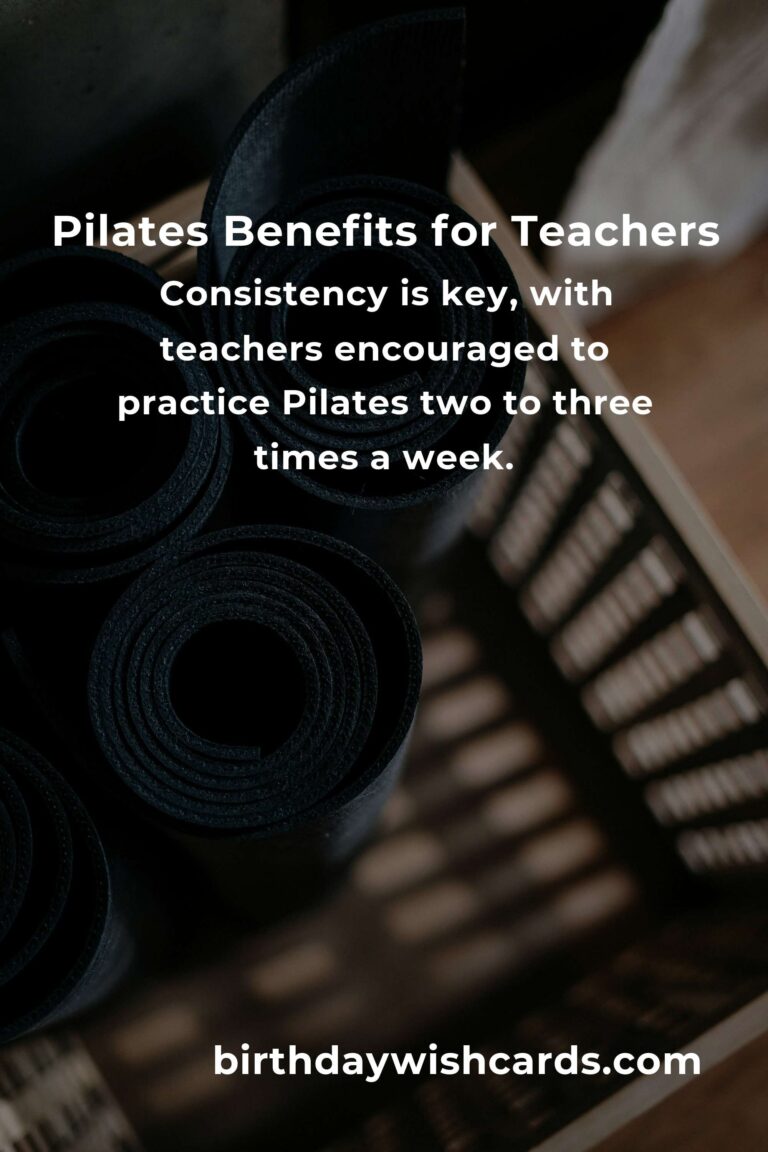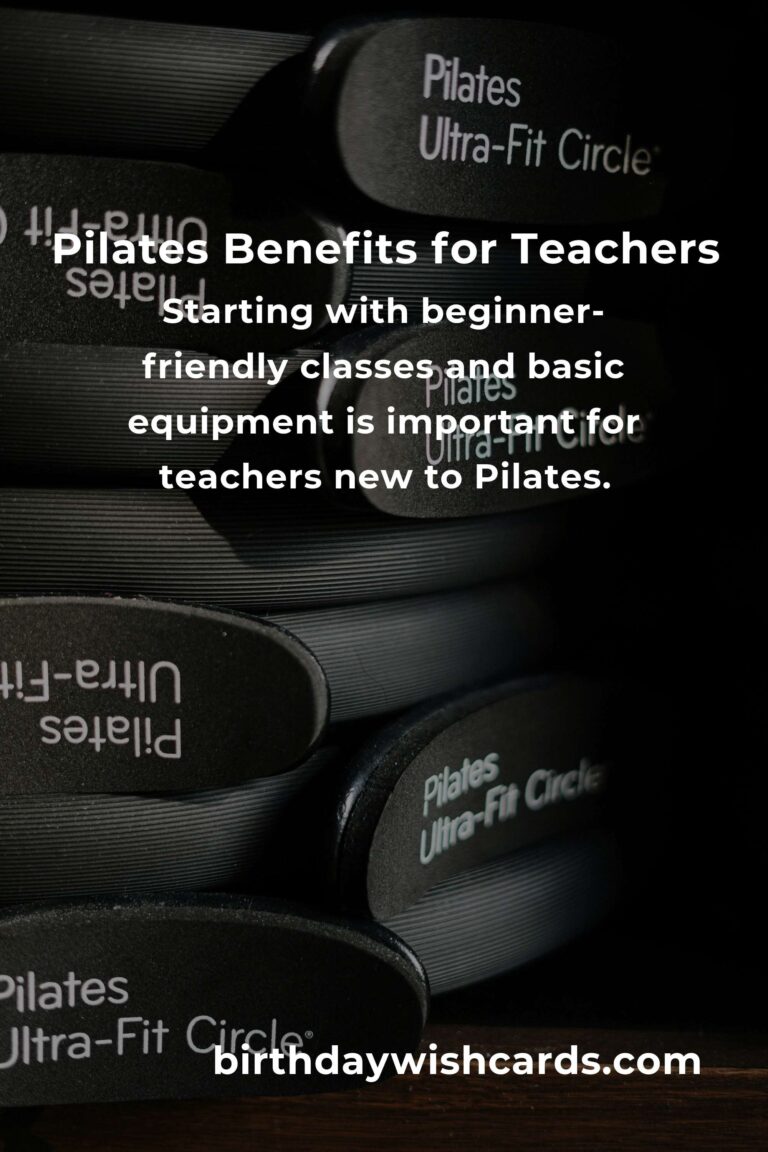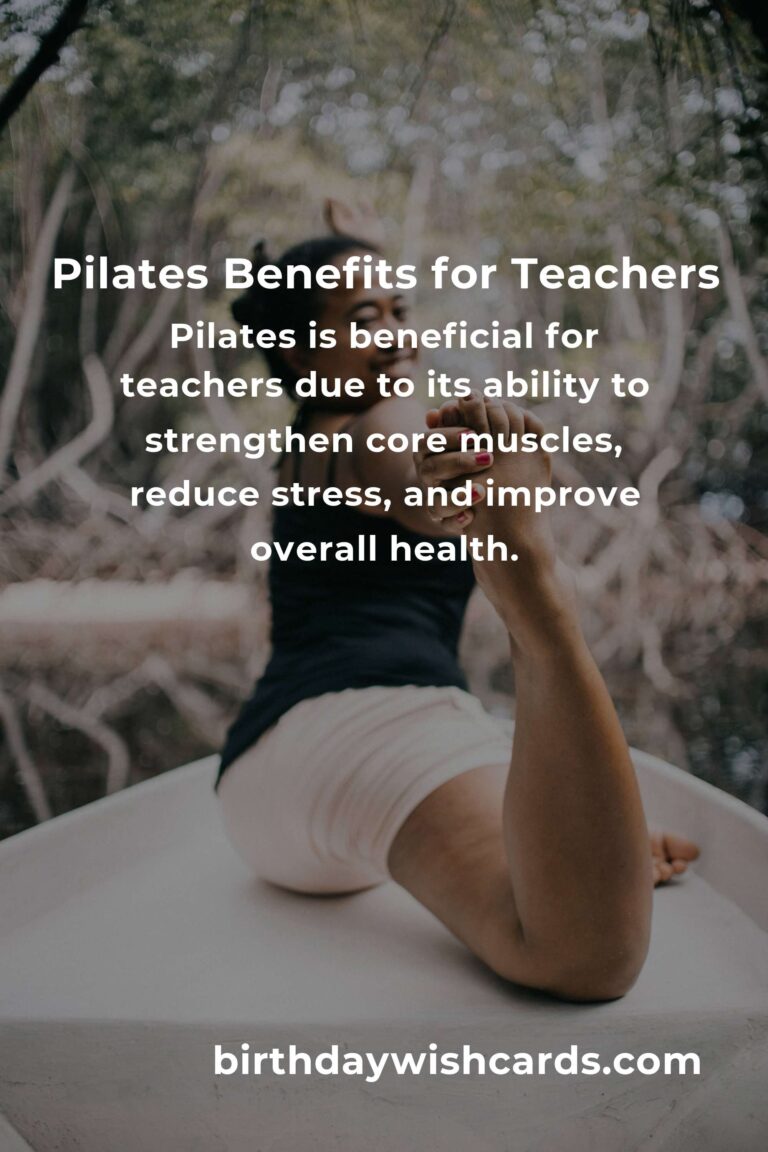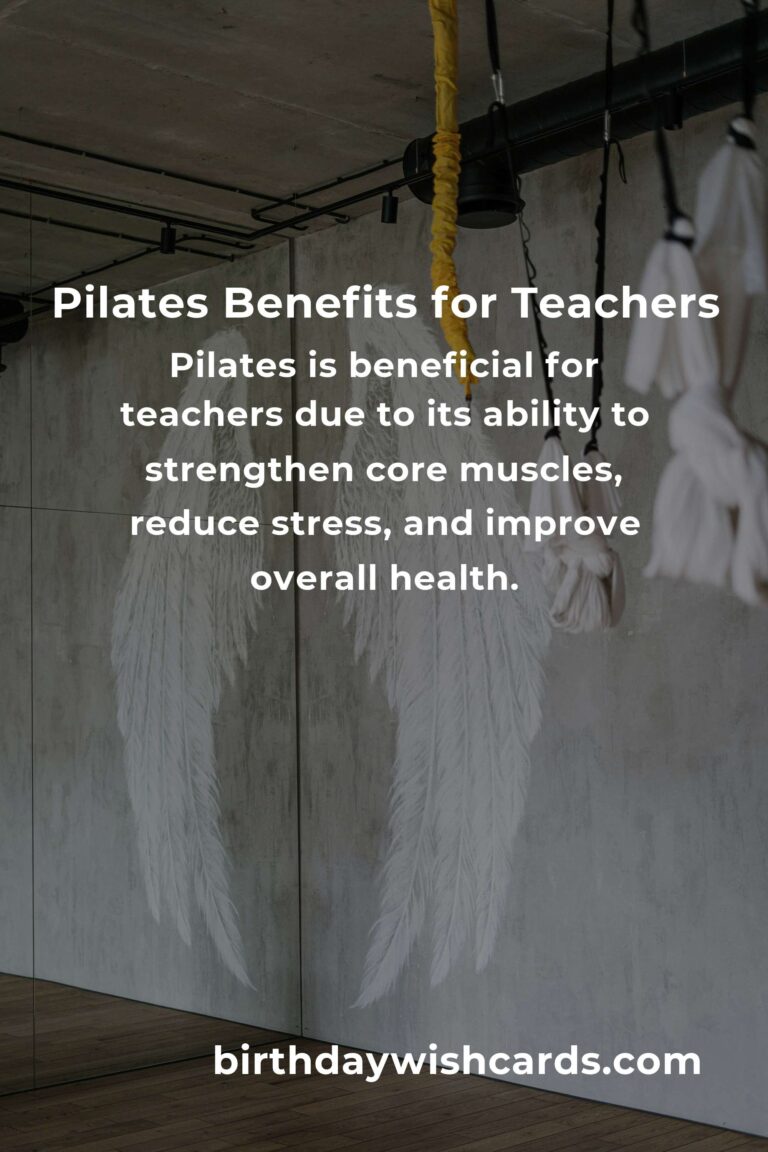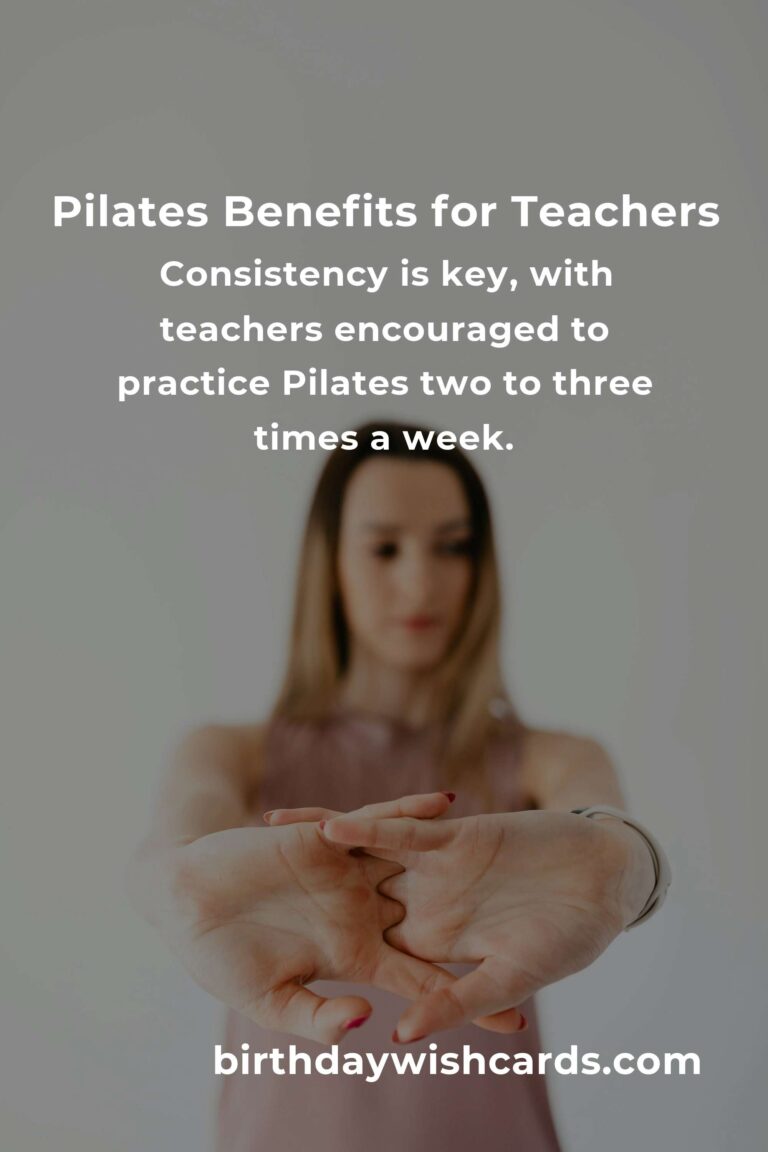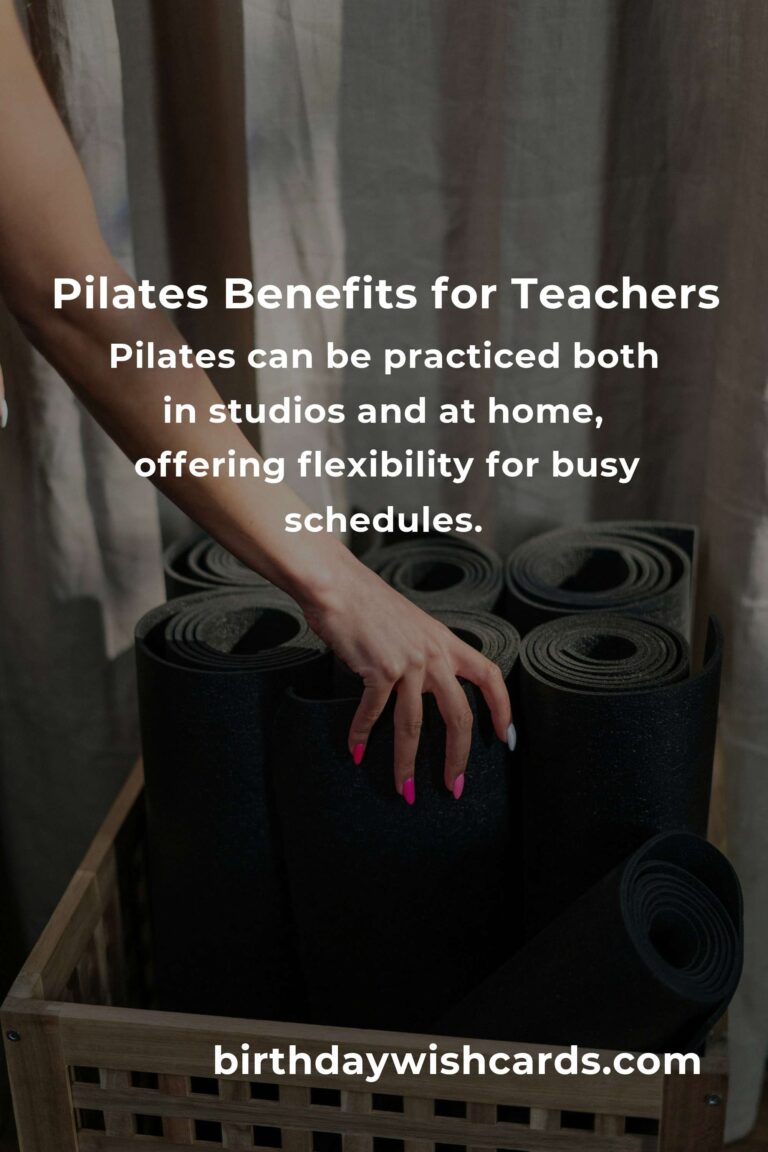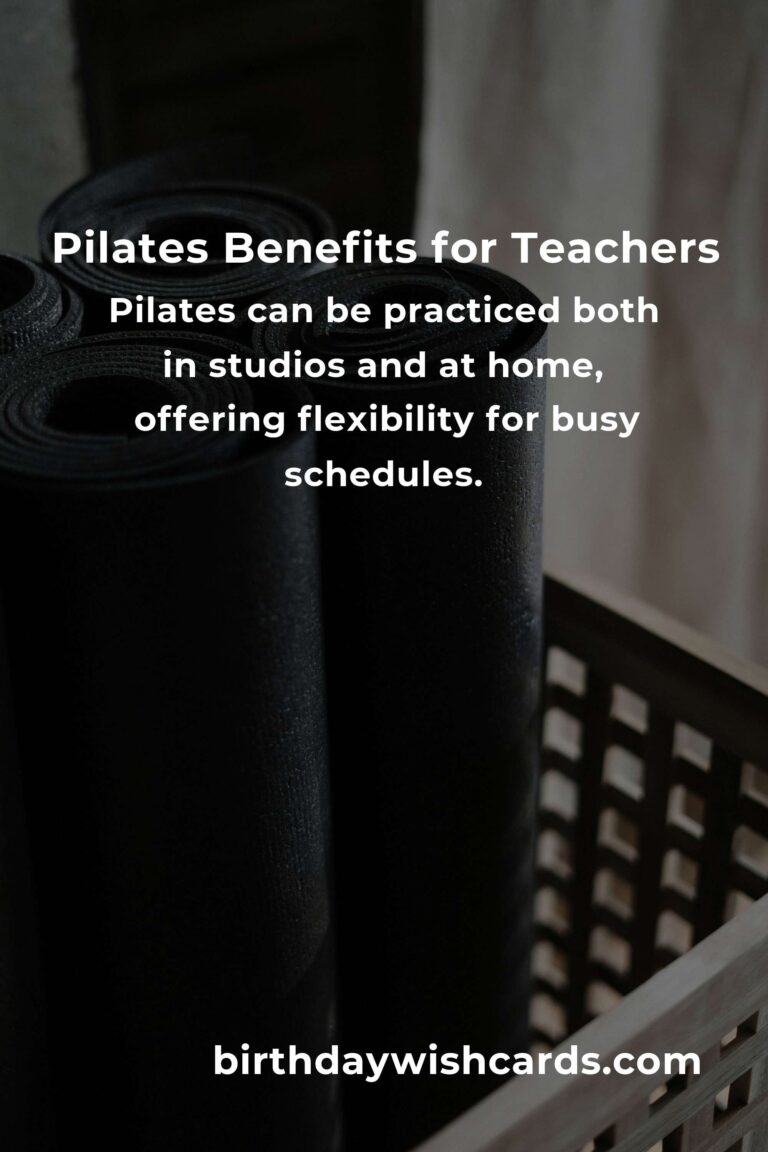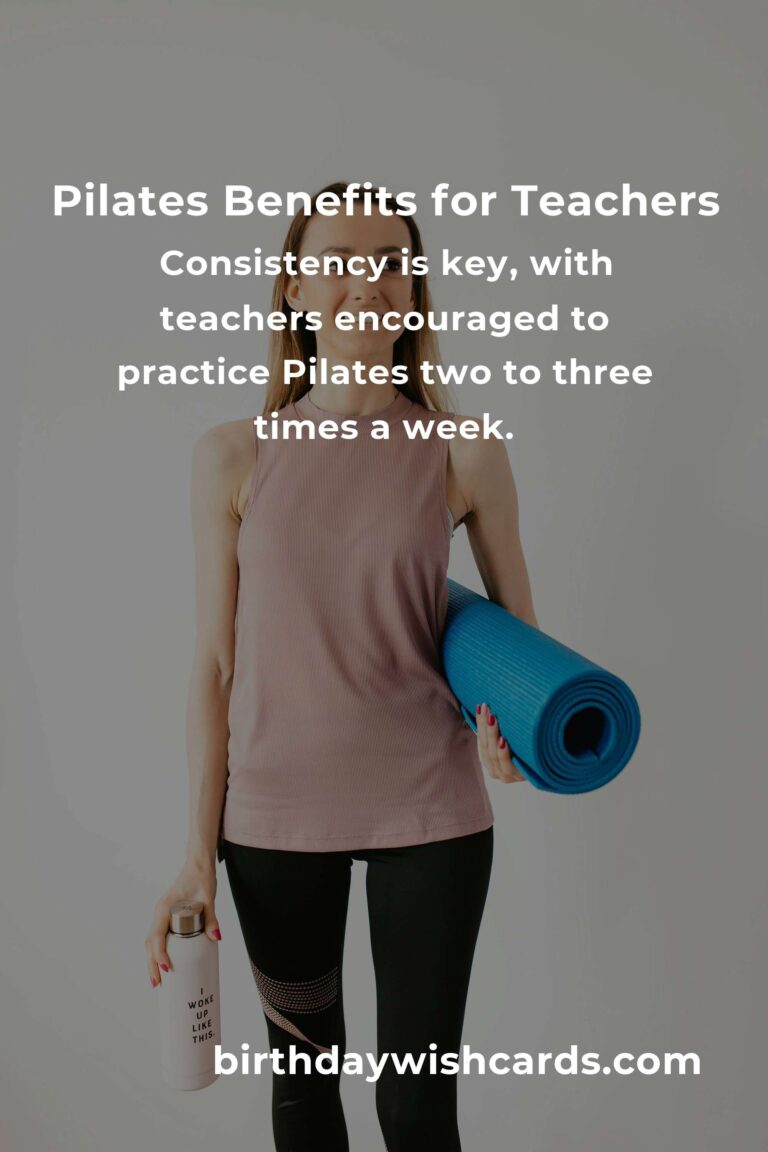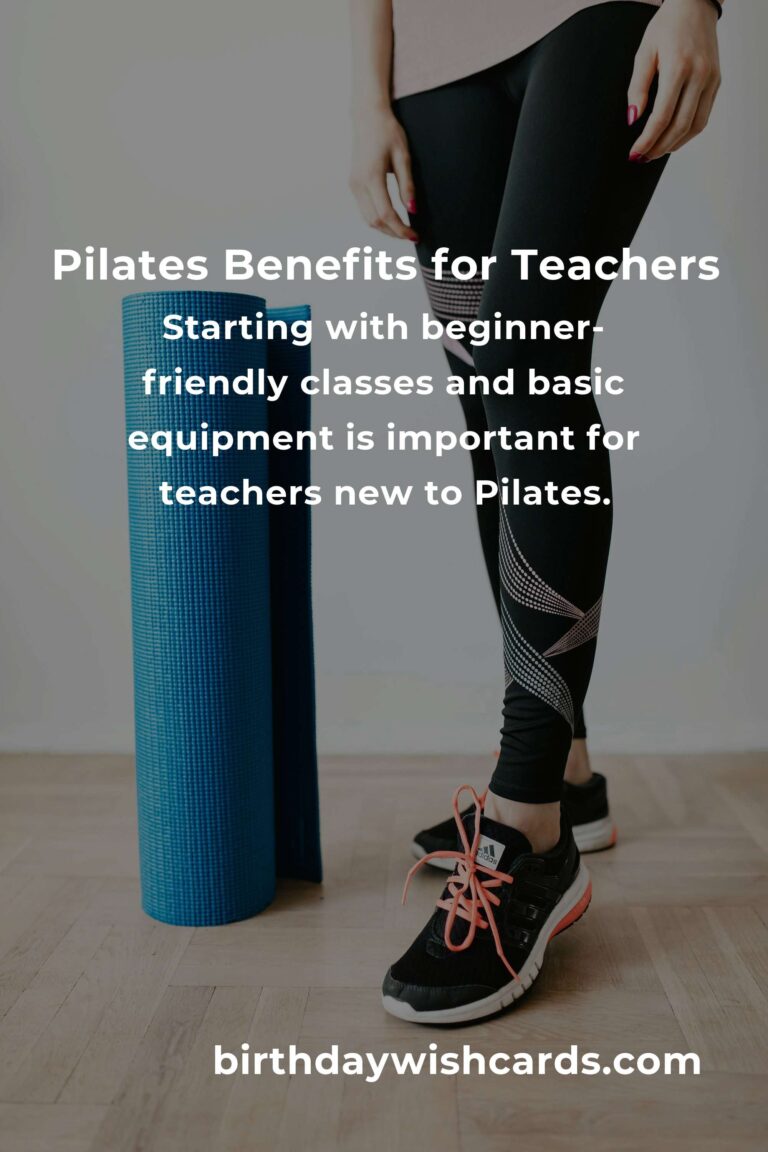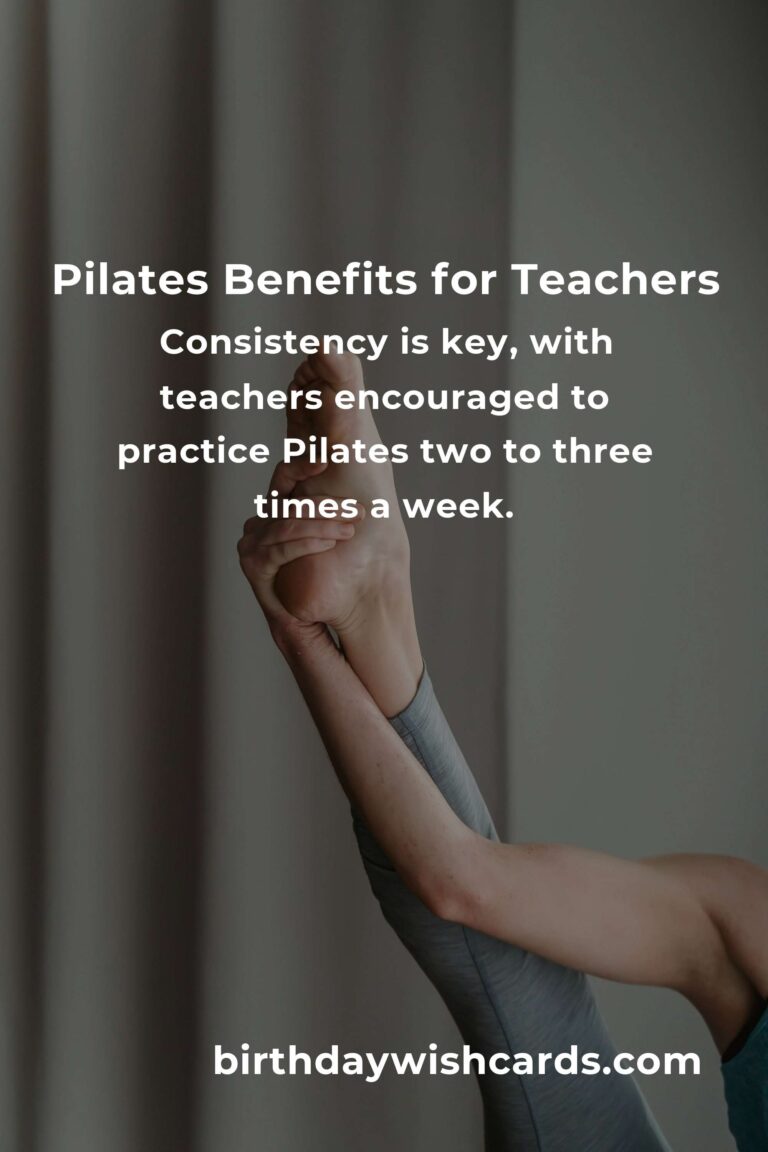
Pilates, a form of low-impact exercise that aims to strengthen muscles while improving postural alignment and flexibility, has become increasingly popular among educators. This is due to its numerous physical and mental benefits, which can be particularly advantageous for those in demanding teaching roles.
Why Pilates is Beneficial for Teachers
Teachers often face the physical and mental challenges of long hours, stress, and the need for energy throughout the day. Pilates helps in addressing these issues by promoting core strength, reducing stress, and enhancing overall health.
Core Strength: A strong core is crucial for maintaining good posture and preventing back pain, which is common among teachers who stand for extended periods. Pilates exercises target the core muscles, helping to build strength and endurance.
Stress Reduction: The mindful nature of Pilates, focusing on breath and movement, can help reduce stress levels and improve mental clarity. This is particularly beneficial for teachers who need to stay focused and calm in the classroom.
Getting Started with Pilates
For teachers new to Pilates, it’s important to start slowly and focus on the basics. Many Pilates studios offer introductory classes that are tailored to beginners. Additionally, online resources and videos can be a helpful way to learn the fundamentals from the comfort of home.
Basic Equipment: While Pilates can be done with minimal equipment, having a good quality mat is essential. Other useful tools include resistance bands, a Pilates ring, and small weights or balls.
Choosing the Right Class: Look for classes that are specifically labeled as beginner-friendly. These classes will typically focus on foundational exercises and proper technique, which is crucial for building a solid Pilates practice.
Integrating Pilates into Your Routine
Consistency is key when it comes to reaping the benefits of Pilates. Teachers should aim to incorporate Pilates into their routine at least two to three times a week. This can be done before or after school hours, or even during lunch breaks if time allows.
At-Home Practice: For those who prefer working out at home, many online platforms offer Pilates classes that can be done with minimal space and equipment. This flexibility can make it easier for teachers to fit exercise into their busy schedules.
Conclusion
Pilates offers a holistic approach to fitness that can greatly benefit teachers by enhancing physical strength, reducing stress, and improving overall well-being. By starting with the basics and gradually incorporating Pilates into their routine, teachers can enjoy a healthier, more balanced lifestyle.
Pilates is beneficial for teachers due to its ability to strengthen core muscles, reduce stress, and improve overall health.
Starting with beginner-friendly classes and basic equipment is important for teachers new to Pilates.
Consistency is key, with teachers encouraged to practice Pilates two to three times a week.
Pilates can be practiced both in studios and at home, offering flexibility for busy schedules.
#Pilates #Teachers #Fitness #Wellbeing #Health


